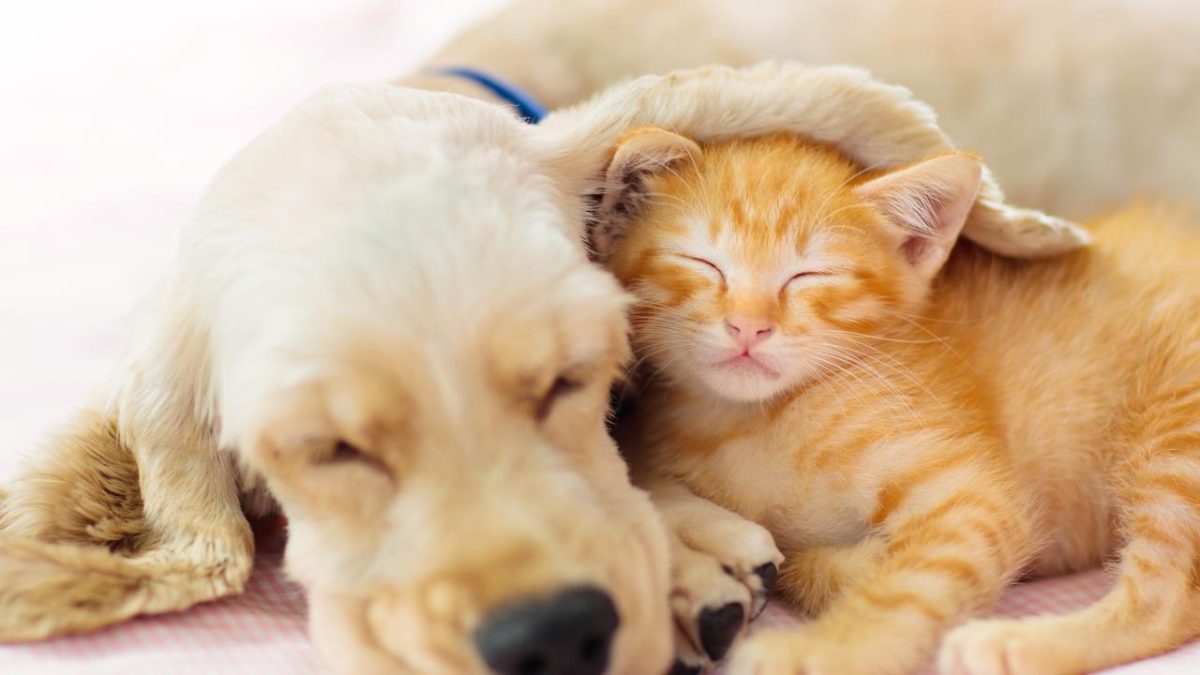Introduction to Pet Sleep Patterns
Acquiring knowledge about your pet’s sleep patterns is not merely about curiosity; it’s a crucial aspect of their overall well-being. Unlike humans, animals have distinct sleep cycles, influenced by their species, age, health status, and even lifestyle.
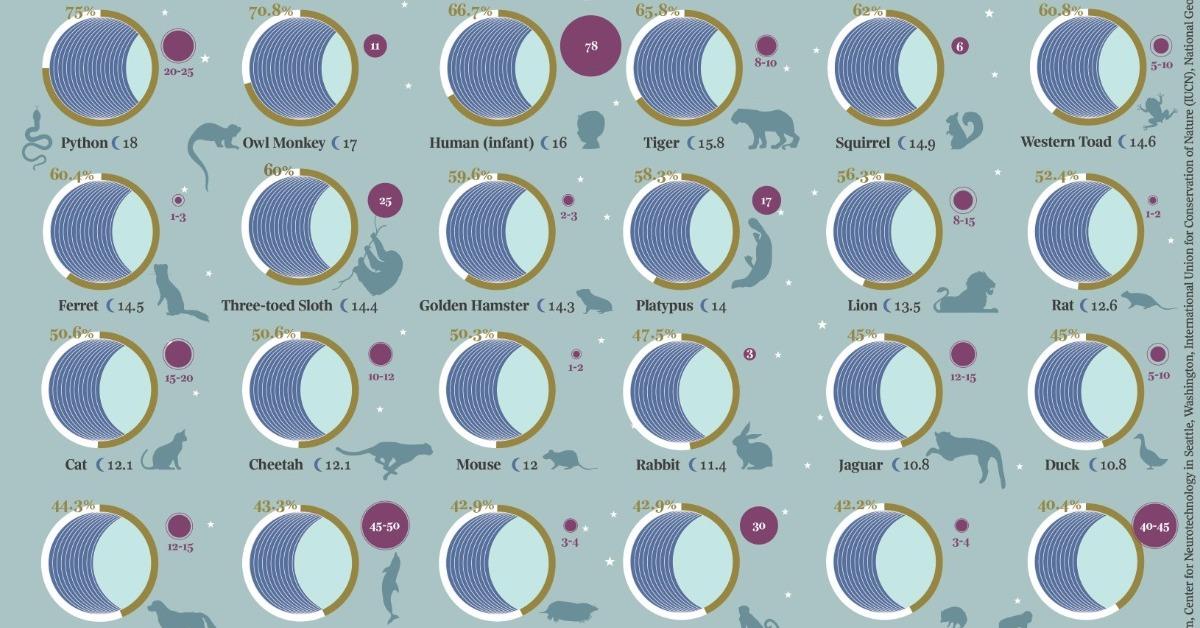
Recognising these patterns can help pet owners understand their animal’s needs better and identify potential health issues early. A disruption in sleep patterns can indicate pain, discomfort, or underlying medical conditions.
Why Understanding Pet Sleep Patterns is Important
As a pet owner, understanding your pet’s sleep patterns is integral to their health and happiness. Disturbances in these patterns can lead to behavioural changes, including irritability, lethargy, and decreased appetite.
By keeping a close eye on your pet’s sleep habits, you can ensure they’re receiving the necessary rest and promptly address any concerning changes. You’re not just a pet owner; you’re a caregiver, responsible for the well-being of a life that trusts and relies on you.
The Biological Clock and Its Influence on Pets’ Sleep
The concept of a biological clock is not exclusive to humans. Our beloved pets also have their own circadian rhythm, the internal process that regulates the sleep-wake cycle, repeating roughly every 24 hours. This rhythm influences numerous physiological functions in animals, from feeding patterns to hormone production, and of course, sleep.
The biological clock in pets is primarily influenced by light and darkness, much like in humans. As the sun sets and the environment becomes dark, pets naturally begin to feel sleepy. Conversely, as the sun rises and the environment lights up, pets naturally wake up.
Image: A dog sleeping peacefully in a darkened room, demonstrating the influence of light on the sleep-wake cycle in pets.
However, the pet’s biological clock can be disrupted by numerous factors. These could include irregular lighting conditions, changing feeding times, and even certain illnesses. Hence, maintaining a consistent routine for your pets is crucial for their health and wellbeing.
Understanding and respecting your pet’s biological clock not only ensures their health but also strengthens your bond with them.
Image: A chart showing the typical sleep-wake cycle of a cat and a dog to visually represent the concept of a pet’s biological clock.
Differences in Sleep Patterns Among Various Pets
Understanding your pet’s sleep pattern can be a fascinating insight into their health and behaviour. Let’s take a look at some differences among common pets. Cats, for example, are known for their sleeping habits, spending up to 16 hours a day asleep. This is due to their predatory nature and need for energy conservation.
Dogs, on the other hand, have a more human-like sleep pattern, sleeping for about 12-14 hours a day. This varies depending on the breed and age of the dog, as larger breeds and older dogs tend to sleep more.
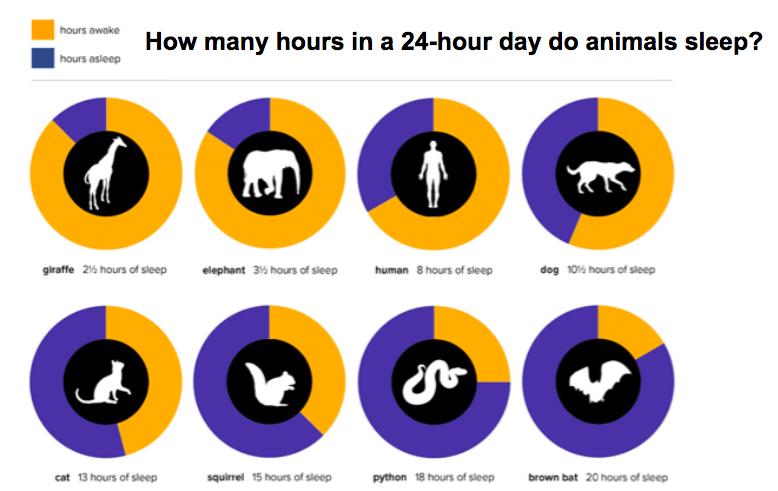
Factors Influencing Sleep Patterns
Several factors can influence these differences in sleep patterns, including breed, age, and health status. For instance, certain bird species like parakeets have different sleep needs than mammals, sleeping for about 10-12 hours a day and requiring a quiet, dark environment.
Health status also plays a significant role, as pets with certain medical conditions may require more sleep. It’s always best to consult with your vet if you notice any unusual changes in your pet’s sleep pattern.
Understanding REM and Non-REM Sleep in Pets
Like humans, pets also go through stages of REM (Rapid Eye Movement) and Non-REM sleep. REM sleep is characterised by quick, random movements of the eyes and is the stage in which pets, like their human companions, are believed to dream. Non-REM sleep, on the other hand, is a deeper, more restful sleep where the body repairs and regrows tissues, builds bone and muscle, and strengthens the immune system.
The Significance of REM and Non-REM Sleep for Pets’ Health
Both REM and Non-REM sleep are vital for your pet’s health and behaviour. Disturbances in these sleep stages can lead to behavioural changes, decreased immune response, and reduced healing capacity. . By understanding these sleep patterns, pet owners can better support their pets’ physical and emotional health.
The Role of Sleep in Pets’ Health
Just as with humans, adequate sleep is vital for your pet’s health. Sleep allows pets to rejuvenate their energy levels, strengthen their immune system and facilitate cognitive functions. A well-rested pet is generally happier, healthier, and more active.
If your pet is not getting enough sleep, or is sleeping excessively, it could be indicative of health concerns. Sleep deprivation in pets can lead to increased stress levels, behavioural problems, and even serious health conditions such as obesity and diabetes. On the other hand, excessive sleep could signal underlying diseases like hypothyroidism or depression.
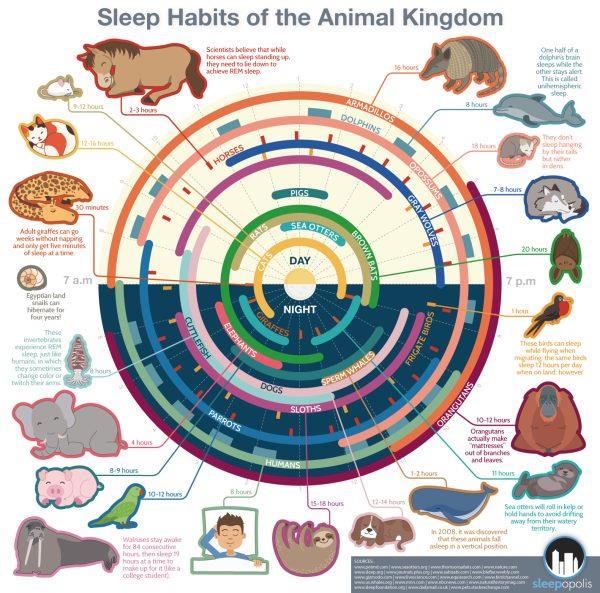
The Importance of Adequate Sleep for Pets
Ensuring your pet gets the right amount of sleep is not just about preventing health issues. It also plays a significant role in their growth, particularly in younger pets. Adequate sleep aids in their physical development, boosting growth hormones and strengthening their immune system.
Monitoring your pet’s sleep pattern is an essential part of maintaining their overall wellbeing. If you notice any changes in their sleeping habits, it’s recommended to consult with a veterinarian. In doing so, you can keep your furry friend healthy and happy.
Sleep Disorders in Pets: An Overview
Just like humans, pets can also suffer from sleep disorders, with common ones being insomnia and sleep apnea. These disorders can significantly impact their quality of life and overall health.
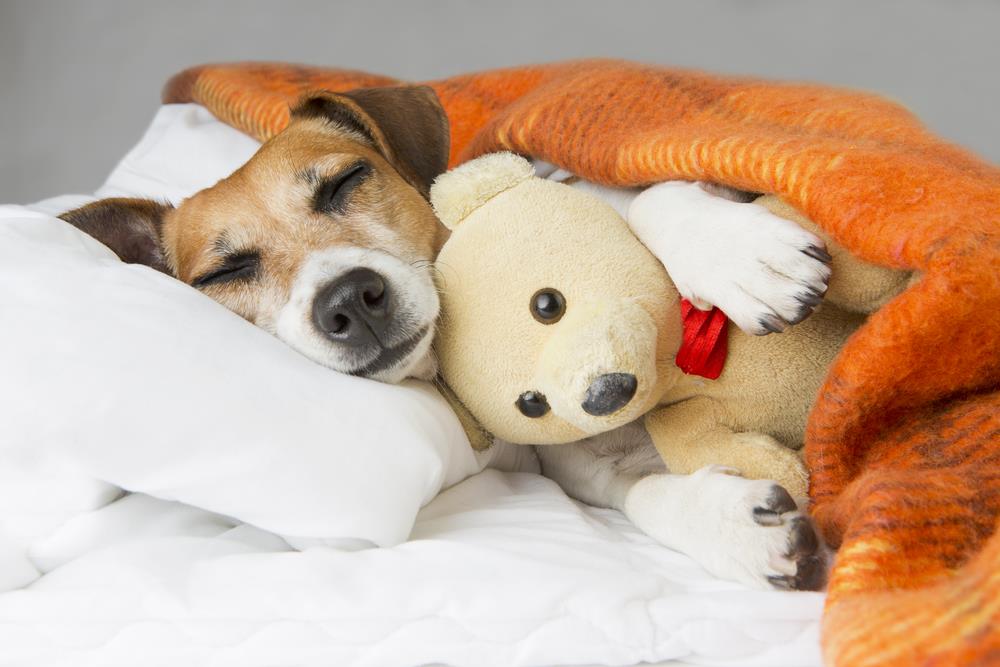
Causes and Symptoms of Sleep Disorders in Pets
The causes of sleep disorders in pets can be multifaceted, ranging from medical conditions such as obesity or respiratory problems to environmental factors like noise or stress. Symptoms can include snoring, gasping for breath, or difficulty staying asleep.
Treatment Options for Sleep Disorders in Pets
Your vet may recommend various treatment options depending on the underlying cause of the disorder. These could include weight management plans, medication, or even surgery in severe cases of sleep apnea. It’s crucial to consult with your local vet to establish the best treatment plan for your pet.
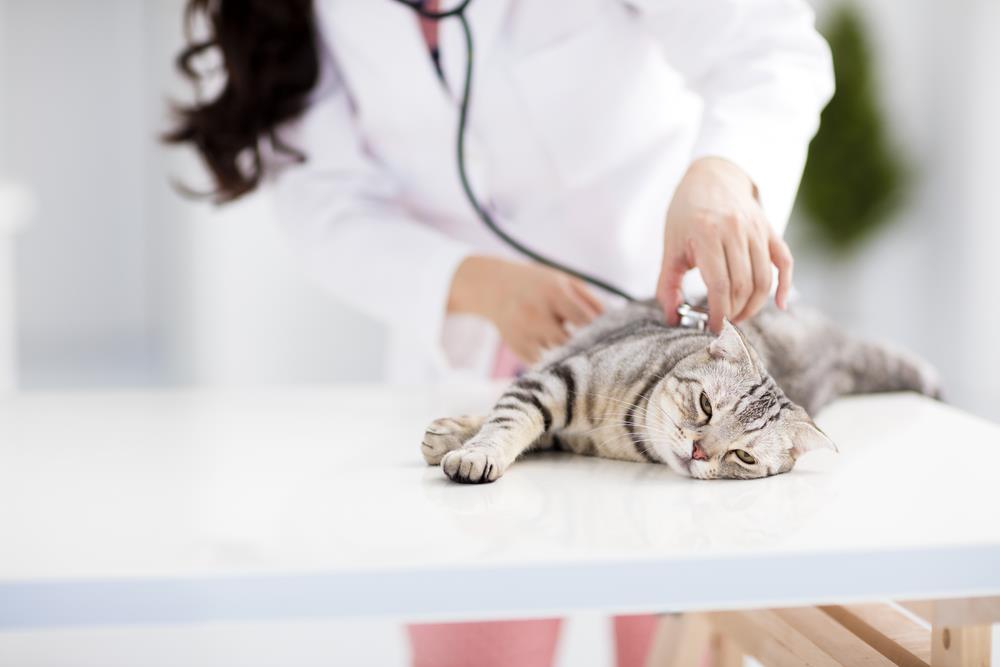
Understanding sleep disorders can help pet owners provide the best care for their furry friends. A well-rested pet is a happy and healthy pet.
How Pet Owners Can Promote Healthy Sleep in Pets
As a pet owner, there are several steps you can take to promote healthy sleep in your pets. Firstly, creating an ideal sleep environment is crucial. This includes a quiet, dark space with a comfortable bed.
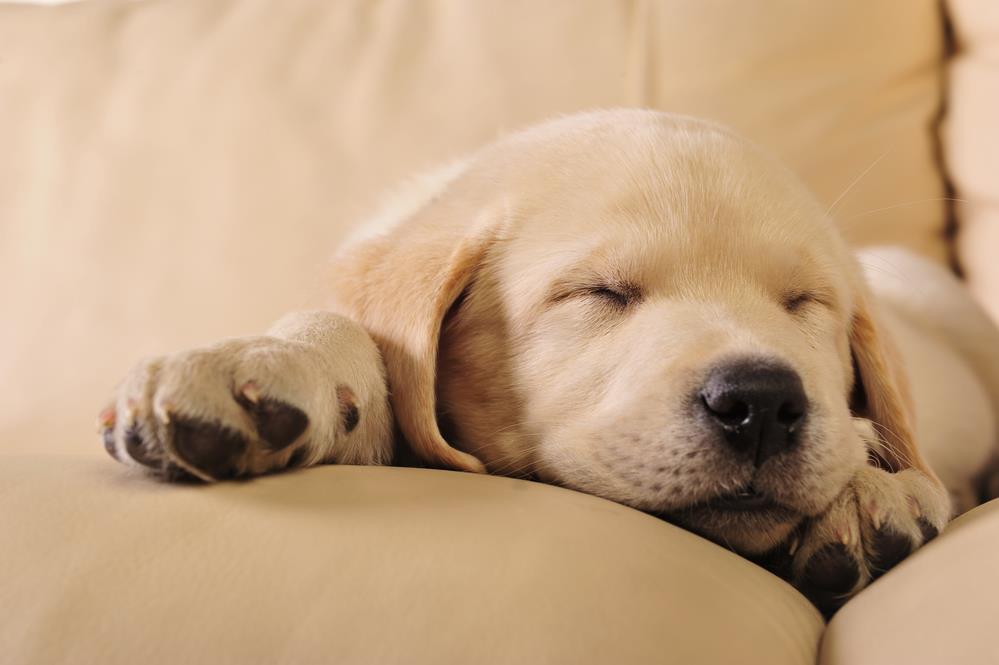
Regular Exercise and a Balanced Diet
The importance of regular exercise and a balanced diet cannot be overstated. Exercise contributes to better quality sleep by helping pets burn off excess energy. Meanwhile, a balanced diet ensures they receive the necessary nutrients for overall health, including sleep health.

Conclusion: The Science of Pet Sleep and Its Implications for Pet Care
In conclusion, understanding the science behind your pet’s sleep is paramount in optimising their health and wellbeing. Through this article, we’ve explored the differences in sleep patterns among various pet species and uncovered the necessary sleep duration required for each. We’ve also examined the influence of factors such as age and health status on pet sleep.
Recognising our pets’ sleep patterns aids in identifying any abnormal changes that could indicate health issues. Moreover, it assists us in creating a conducive environment for our pets to achieve quality sleep, thus promoting their overall health and longevity.
Further educating ourselves about pet sleep science will undoubtedly lead to improved pet care practices and a better understanding of our furry friends.

